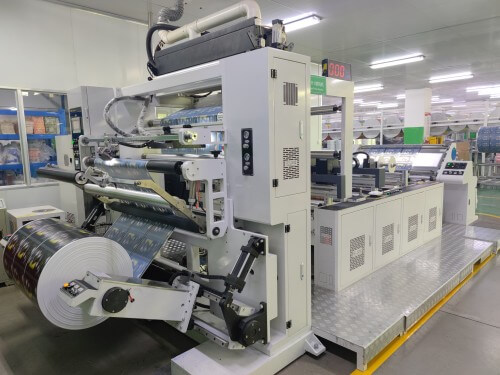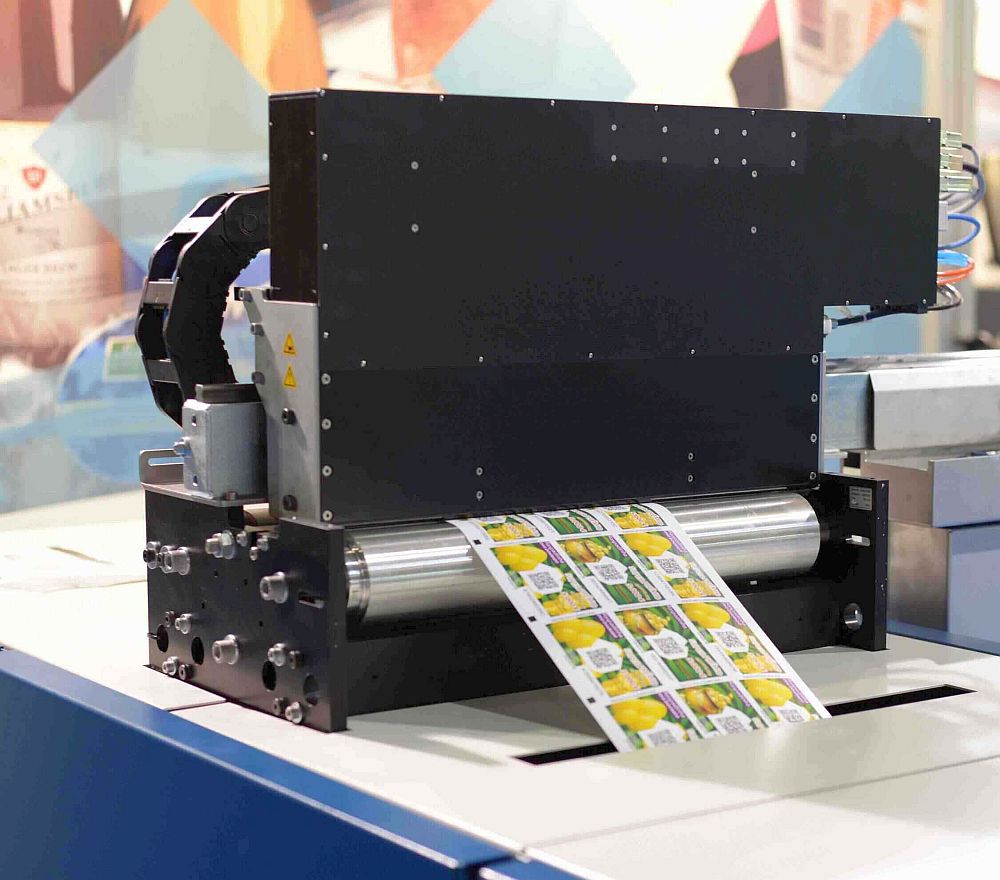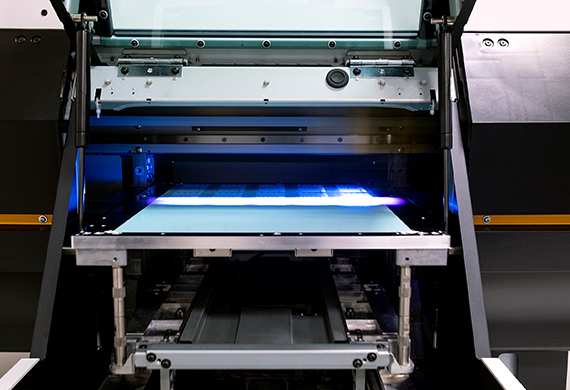In an era where counterfeit products are increasingly prevalent, businesses are seeking innovative solutions to safeguard their brands and products. One significant approach is the use of special inks for anti-counterfeit printing. These inks provide a robust method for protecting products from being copied or imitated. This article will delve into the mechanisms, benefits, and applications of these unique inks.

The Importance of Anti-Counterfeit Measures
Counterfeit products can pose severe risks to both companies and consumers. For businesses, counterfeiting can result in revenue loss, damage to brand reputation, and potential legal issues. Consumers, on the other hand, may face safety hazards from inferior counterfeit products. Therefore, implementing anti-counterfeit measures is critical for maintaining the integrity and trustworthiness of a brand.
What Are Special Inks?
Special inks are formulated to include unique properties that make them difficult to replicate. These inks are crucial in creating security features on documents, packaging, and labels. They can be used to produce colors or effects that are invisible to the naked eye, requiring specific conditions or tools for detection. This makes them an ideal choice for anti-counterfeit printing.
Types of Special Inks
There are several types of special inks used in anti-counterfeit applications:
- UV Inks: These inks are invisible under normal lighting conditions but become visible under ultraviolet light.
- Thermochromic Inks: These change color with temperature variations.
- Optically Variable Inks: Display different colors when viewed from different angles.
- Magnetic Inks: Contain magnetic particles that can be detected with specific equipment.
Applications of Special Inks in Anti-Counterfeit Printing
The application of special inks extends across various industries, providing a versatile solution for anti-counterfeit measures. From currency and legal documents to product packaging and identification cards, these inks play a critical role in ensuring authenticity.
Use in Currency and Legal Documents
Currency notes and legal documents are prime targets for counterfeiting. Special inks are used to create intricate designs and patterns that are difficult to replicate without specialized equipment. Features such as color-shifting inks and UV-visible patterns are commonly employed.
Product Packaging and Labels
In the realm of product packaging, special inks are used to print security features on labels and boxes. This helps consumers verify the authenticity of the product. The use of QR codes printed with special inks adds an additional layer of security.
Benefits of Using Special Inks
Implementing special inks in anti-counterfeit printing offers several benefits:
- Enhanced Security: The unique properties of these inks make it challenging for counterfeiters to duplicate products.
- Brand Protection: Protects brand integrity and prevents revenue loss from counterfeit products.
- Consumer Confidence: Increases consumer trust in the authenticity of the product and brand.
Challenges and Considerations
While special inks provide significant advantages, there are challenges to consider:
- Cost: The cost of implementing special inks can be higher than standard inks.
- Complexity: Requires specialized printing equipment and processes.
- Detection Tools: Consumers need access to tools to verify security features.
Future Trends in Anti-Counterfeit Printing
The future of anti-counterfeit printing is set to evolve with advancements in technology. Innovations such as smart labels with embedded digital information and the integration of blockchain technology for tracking and verification are on the horizon. These developments promise to enhance the security and effectiveness of anti-counterfeit measures.
Integration with Digital Technologies
The integration of digital technologies with special inks is paving the way for more sophisticated anti-counterfeit solutions. For instance, digital watermarks and RFID tags can be combined with special inks to provide multi-layered security.
Blockchain for Verification
Blockchain technology offers a decentralized and secure method for verifying the authenticity of products. By integrating blockchain with special inks, companies can create a transparent system for tracking and authenticating products throughout the supply chain.
Conclusion
The use of special inks for anti-counterfeit printing is an effective strategy for protecting products and brands from counterfeiting. With continuous advancements in technology, the capabilities and applications of these inks are expanding. By leveraging these innovations, businesses can enhance their security measures, protect their brand integrity, and build consumer trust.

FAQs
What are the main types of special inks used in anti-counterfeit printing?
Some of the main types include UV inks, thermochromic inks, optically variable inks, and magnetic inks, each offering unique properties to enhance security.
How do special inks help in preventing counterfeiting?
Special inks are formulated with unique properties that are difficult to replicate, making it challenging for counterfeiters to duplicate products and documents.
Can consumers easily detect the features created with special inks?
Detection often requires specific tools or conditions, such as UV light or temperature changes, to reveal the security features embedded with special inks.
For more information on anti-counterfeit printing for auto parts, anti-counterfeit printing for beginners, and security printing, you can explore these resources.
This article contains affiliate links. We may earn a commission at no extra cost to you.







